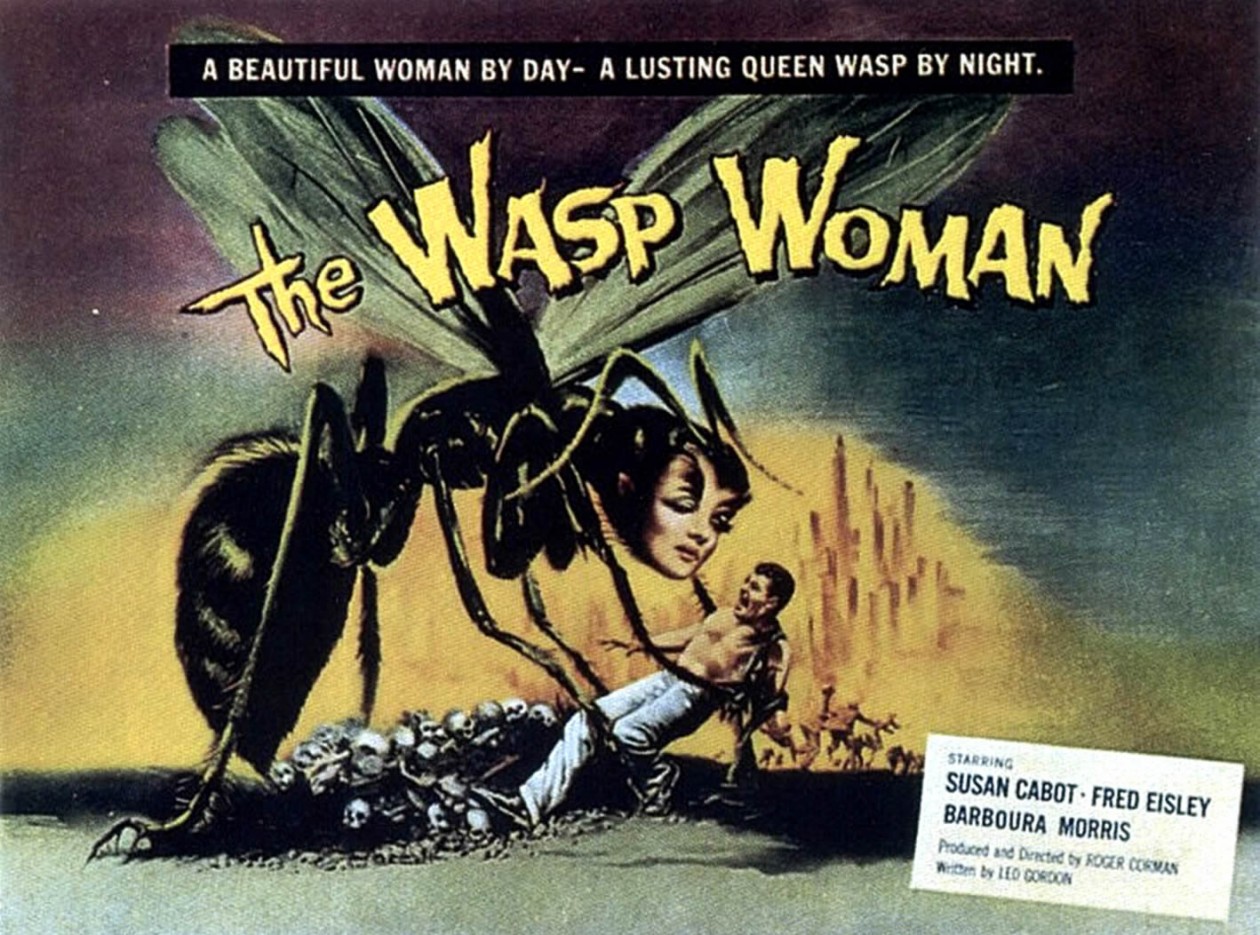Women and Film: Both Sides of the Camera (E. Ann Kaplan)
The avant gardes in Europe and the USA
- Avant Garde refers to new and unusual or experimental ideas, normally within the context of the arts.
- 1976 Peter Wollen attempts to distinguish two main categories of avant gardes which “differ in aesthetic assumption, institutional framework, economic support, and kind of critical backing and historical/cultural origin.”
- First, “Co-op movement” – confined to the US, involved with the established art world and its values
- Second, “Political avant garde” – Derived from the works of Godard and Straub-Huillet, barely represented in the US
- Wollen updated his theory of the avant garde in 1981 after realizing that the movement was much more complex than the two tiered division he earlier defined.
- Wollen mentions the difficulty in defining film semiotics with regard to avant garde film
- first difficulty is in defining concepts that encompass semiotics outside that of the classic Hollywood style
- second difficulty is in tendencies to look for generalized concepts of film theory instead of addressing the flexible nature of semiotics in film
- (Mis)Representation as a form of oppression
- exclusion from mainstream history
- left-activist omission of women’s political issues
- Three broad groups of women’s film categorized by cinematic strategies:
- Formalist, experimental, avant garde film
- roots in: French surrealism and impressionism, German expressionism, and Russian formalism
- Realist political and sociological documentary
- roots in: American and British documentaries of the 1930s, and by association Kuleshov in Russia, Italian neo-realism, and British Free Cinema movement
- Avant garde theory (political) film
- roots in: Brecht, Eisenstein, Pudovkin, French New Wave, Godard, and Straub-Huillet
- Formalist, experimental, avant garde film
- These three categories were largely developed by white men and women working in any of the three categories found themselves attempting to redefine the conventions of categories as they are hyperaware of previously established male artistic traditions
- Germaine Dulac and Maya Deren (two feminist filmmakers)
- Dulac’s work is quiet and poetic whereas Deren’s work is shocking, forceful, and violent
- Both worked during a time that was uninterested in independent/avant garde film, especially those made by women filmmakers
- Dulac’s The Smiling Madame Baudet, although not a feminist film, uses surrealist techniques to depict the inner struggles of women in a provincial marriage.
- Dulac’s work served the purpose of exposing the position of women in patriarchy.
- Deran, known by Jacquelyn Zita as the “Mother of American experimental film,” made surrealist films which explore female splitting, alienation, jealousies, and nightmares.
- Daren symbolically looked at the inner psyche of the feminine personality
- Experimental films are a medium for women filmmakers that allows a distancing from the often oppressive and false representations of women in classical Hollywood.
- Women filmmakers have used experimental film as an “outlet for their inner experiences, sensations, feelings, [and] thoughts.”
- Experimental form allows for the expression of inner emotional discourse, where as documentary form focuses more on women’s roles in a societal context
- Lesbian filmmakers use avant garde style to avoid male co-optation of images as pornographic. However, lesbian filmmakers are often drawn toward images of lesbian sexuality because it challenges the dominating nature of patriarchal society by acknowledging male tendencies to co-opt sexual images as pornographic because of an Oedipal regression.
Questions:
Can films about female bonding can lead to a less objectifiable representation of female characters in cinema? Or is the representation of women in films inherently co-opted by the assertion that in a patriarchal society female sexuality is, at least for male viewers, representative of an Oedipal regression?
What advantages does the avant garde bring to women filmmakers? What disadvantages do Hollywood, European, or other styles of film bring to women filmmakers? Do these limitations account for female filmmakers desire to stray from classic styles as to search for an independent definition of film semiotics?
